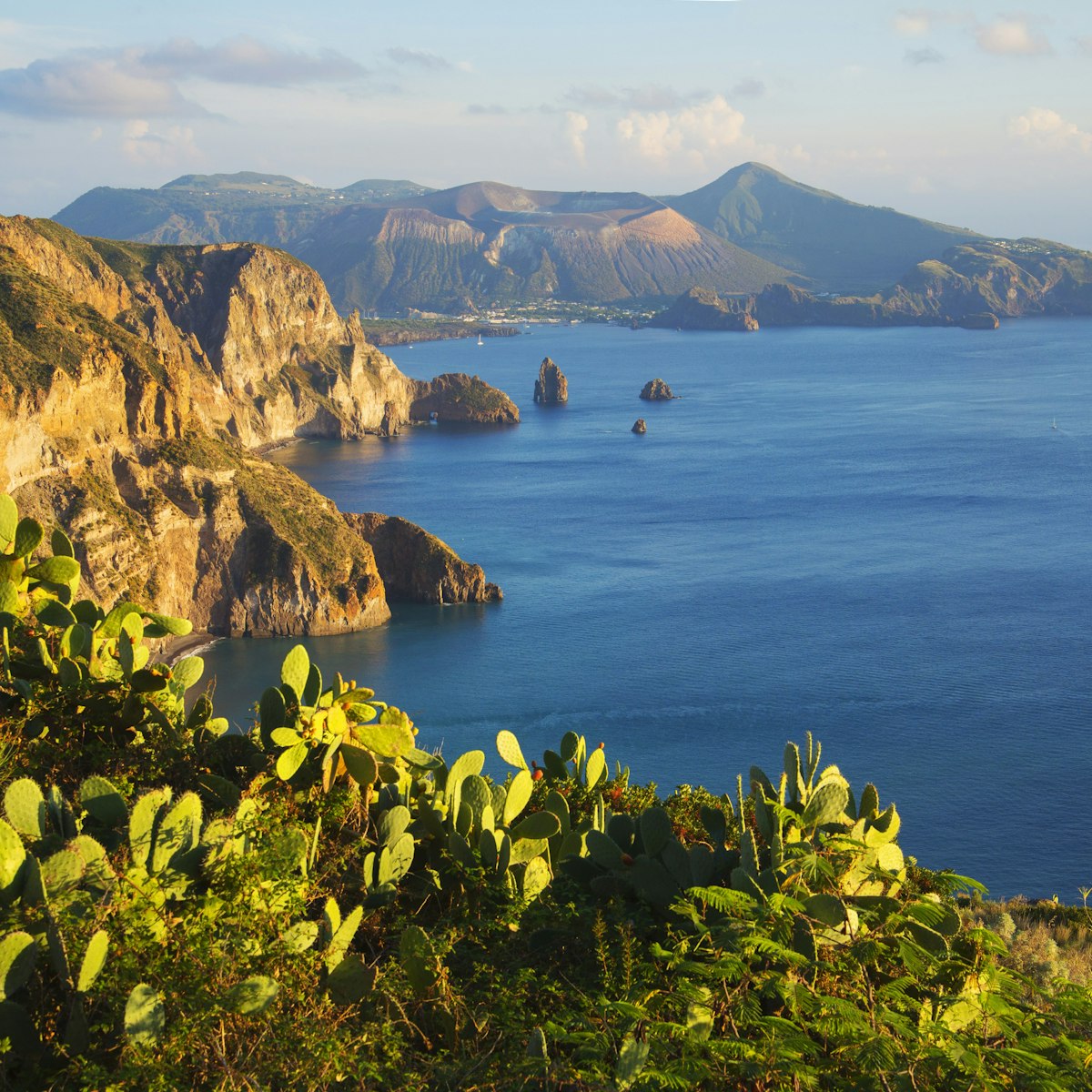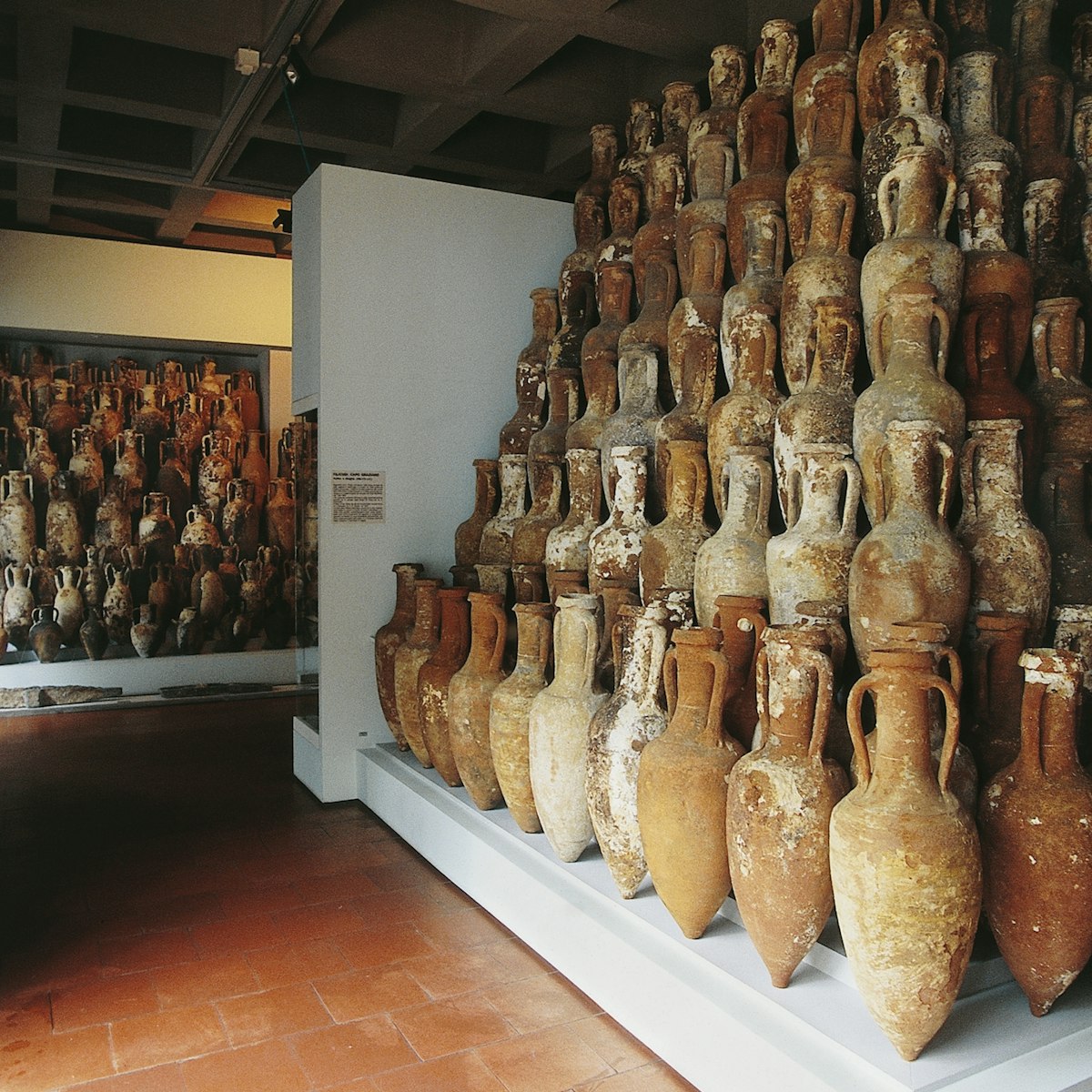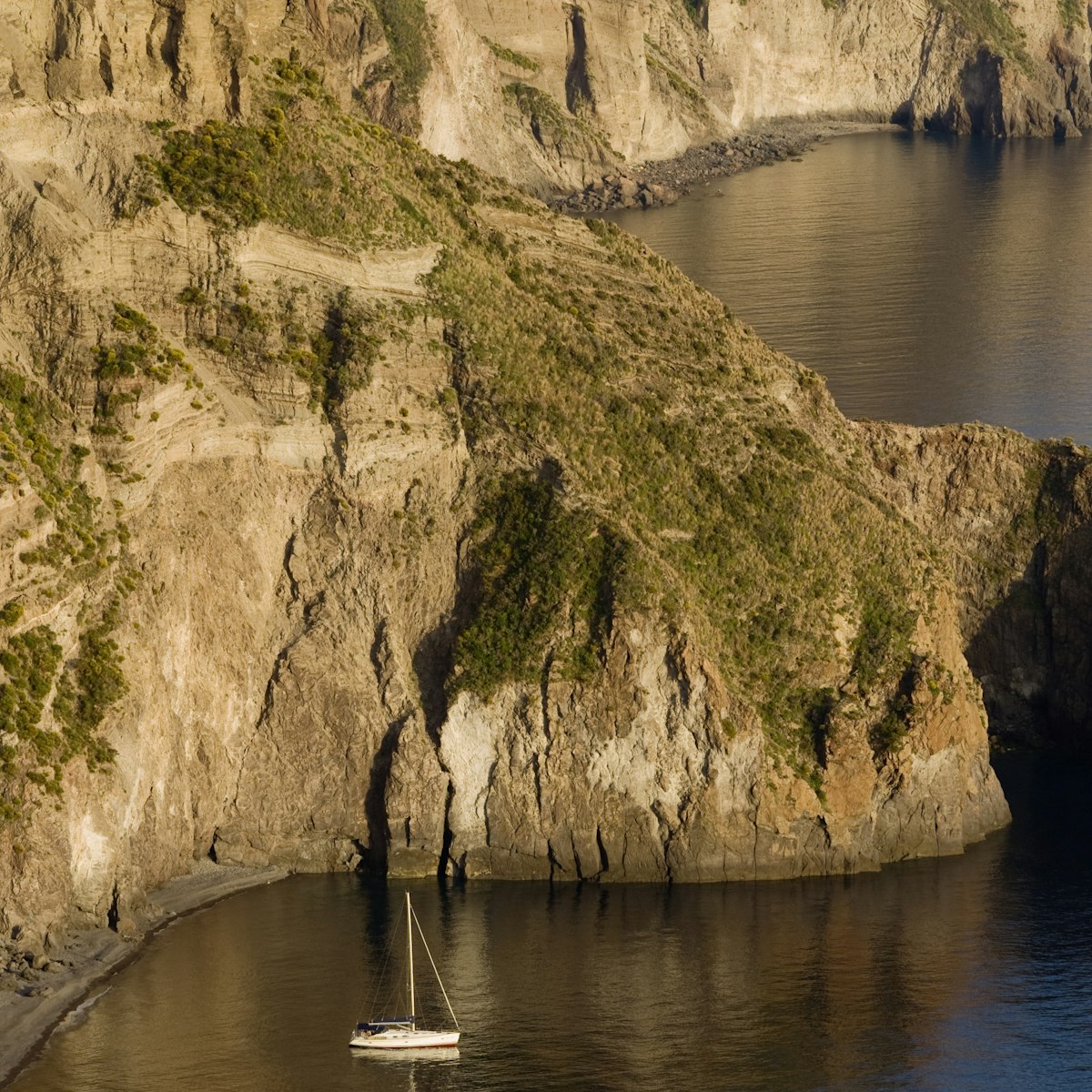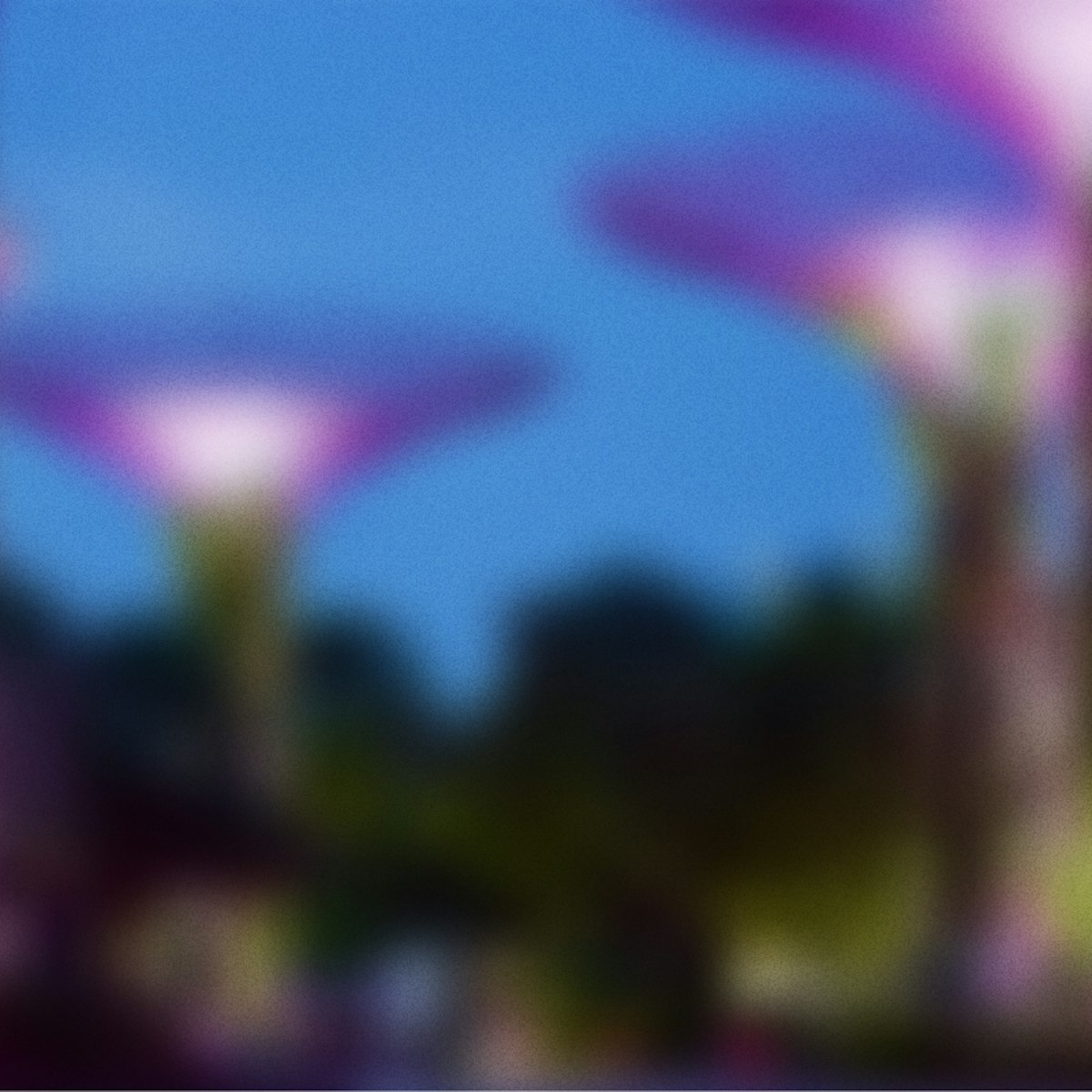
Lipari
Lipari's best coastal views are from a celebrated viewpoint known as Quattrocchi (Four Eyes), 3km west of town. Follow the road for Pianoconte and look on…

Lipari
Lipari's best coastal views are from a celebrated viewpoint known as Quattrocchi (Four Eyes), 3km west of town. Follow the road for Pianoconte and look on…

Museo Archeologico Regionale Eoliano
Lipari
A must-see for Mediterranean history buffs, Lipari's archaeological museum has one of Europe's finest collections of ancient finds. Especially worthwhile…

Lipari
Lapped by clean waters and surrounded by sheer cliffs, this dark, pebbly beach on Lipari's southwestern shore is a dramatically beautiful swimming and…

Lipari
One of Lipari Town's great pleasures is simply wandering its streets, lapping up the laid-back island atmosphere. Lipari's liveliest street is Corso…

Lipari
Down near Lipari's southwesternmost tip, this high perch commands unparalleled views south to Vulcano (backed by Mt Etna on a clear day), and west into a…

Lipari
After the pirate Barbarossa rampaged through in 1544, murdering most of Lipari's men and enslaving the women, the island's Spanish overlords fortified…

Museo Archeologico Eoliano (Sezione Classica)
Lipari
Highlights here include finds from Lipari's 11th-century-BC necropolis, including a sizeable collection of burial urns, a staggering array of amphorae…

Museo Archeologico Eoliano (Sezione Preistorica)
Lipari
Housed in the Palazzo Vescovile (Bishop's Palace) next to the Cattedrale and displaying a plethora of artefacts in chronological order that provide a…

Lipari
A fine example of 17th-century baroque architecture, the Aeolians' 'mother church' was built to replace the 11th-century Norman cathedral destroyed by…

Lipari
Below Campo Bianco and the abandoned pumice mines at Porticello, this pebble beach is nicknamed Spiaggia Bianca in reference to the layers of white pumice…

Lipari
The nearest beach to Lipari Town, and the most popular swimming spot on the island, is the long, pebbly strip at Canneto, 3km north of town on the other…


Lipari
A few kilometres north of the beach at Canneto lies the Campo Bianco quarry, where huge gashes of white rock streak down the green hillside. These are the…

Lipari
In the sunken area opposite Lipari's cathedral, you can see the remains of a series of circular huts, the oldest of which date to the 17th century BC…

Museo Archeologico Eoliano (Sezione Epigrafica)
Lipari
This small garden littered with engraved stones and a room of Greek and Roman tombs remained indefinitely closed at the time of research.